
The Me P 1101 experimental aircraft was discoverd by US troops
in April 1945 in Oberammergau, southern Germany.
The aircraft was to have swept wings to enable it to fly particularly fast. As
Messerschmitt was not sure what the best sweep angle would be, a test aircraft
was built in which the wings could be adjusted on the ground in order to find the
optimum design. This aircraft was almost completed when American troops
reached the Messerschmitt factory in Oberammergau. The Me P 1101 remained
unnoticed for about a year until the Bell company brought it to the USA to carry
out test flights. However, the P 1101 was damaged during transportation and
Bell built its own version as the X-5, two of which provided valuable insights.
The operational version of the P 1101 would have three fuselage tanks and the shorter,
but more powerful, jet engine Heinkel He S 011.

Text: English plus German
In the summer of 1944, the Luftwaffe called for a single-seat fighter aircraft with
a single jet engine. The new fighter was intended as the successor of the twin
engined Me 262. This new aircraft was to regain air supremacy over Germany
through superior flight performance.
The Messerschmitt company then developed the P 1101 project with an
outstanding design. Different versions were planned as day fighters, all-
weather fighters, night fighters and reconnaissance aircraft.


Messerschmitt Me P 1101
Luftwaffe jet fighter with swept wings
A short Summary
An experimental aircraft with adjustable wing sweep was build to test the
optimal wing configuration for the new fighter. It has two fuselage tanks.

The first layout of the Messerschmitt P 1101 with the air intakes for the jet
engine in the wing roots.
The P 1101 was shipped to the United States. All attempts to repair
the aircraft failed due to the damage it had sustained.
Bell built two aircraft based on the P1101. However, these could adjust the angle of their wings in flight.
This provided valuable insights for future aircraft.
You will find the story of the Messerschmitt Me P 1101
with many photos, drawings, and technical details in the
fourth issue of the “Aerospace History Files” series.
A publication that should not be missed by anyone
interested in the Luftwaffe or aviation technology.

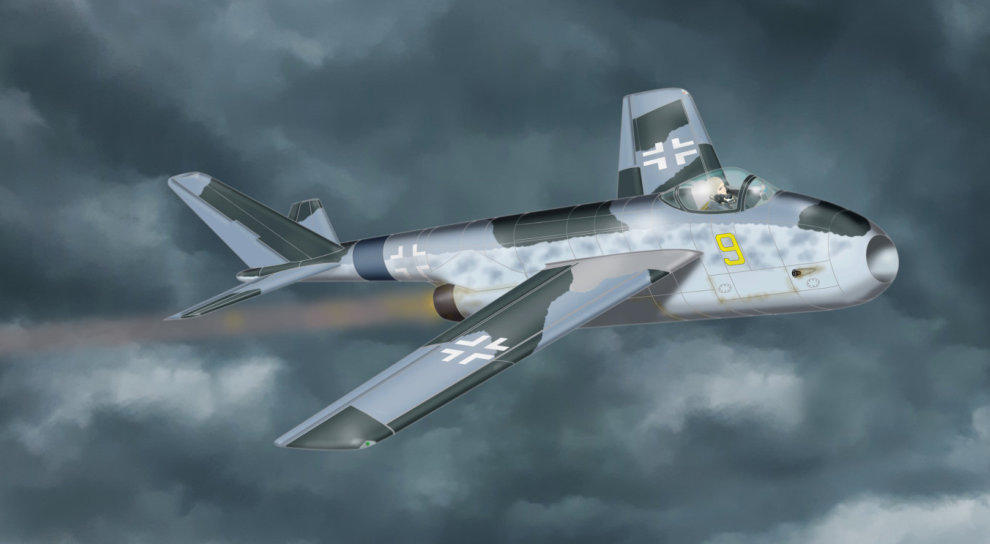

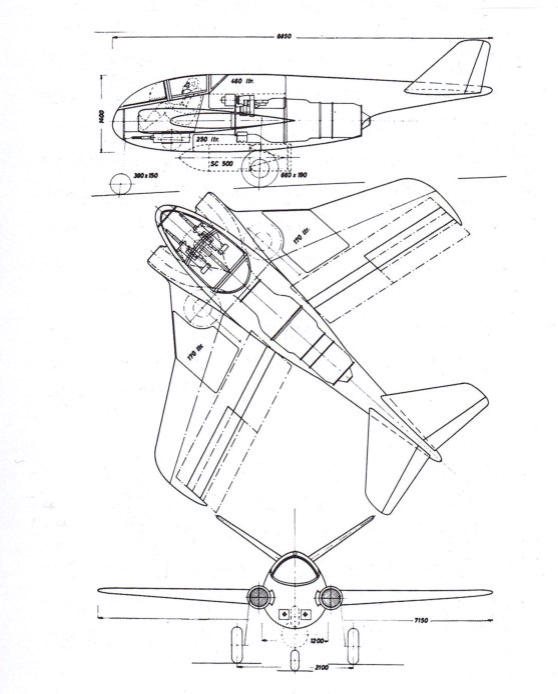
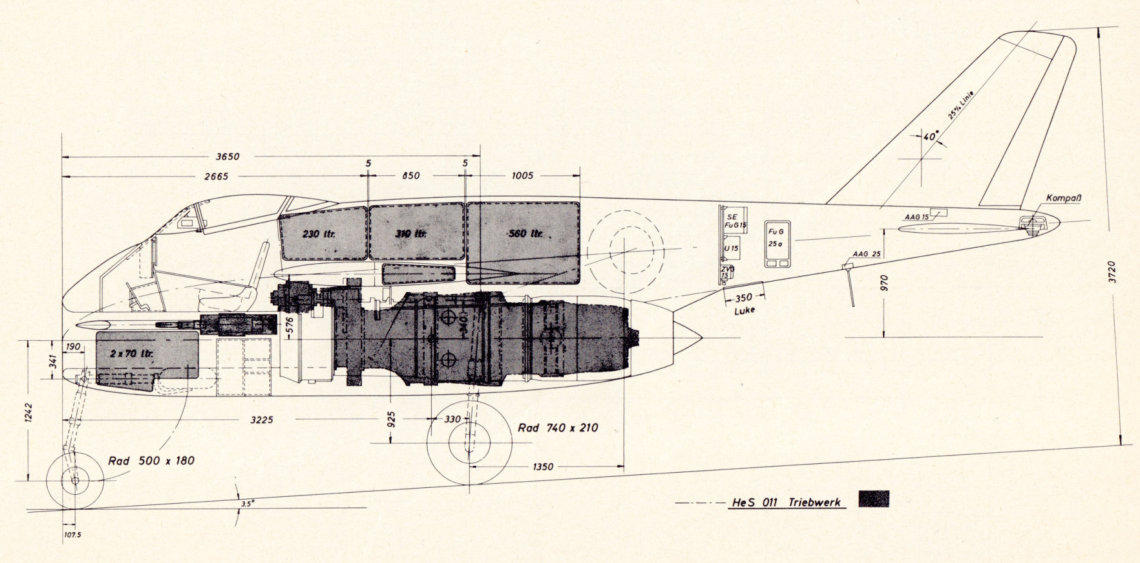



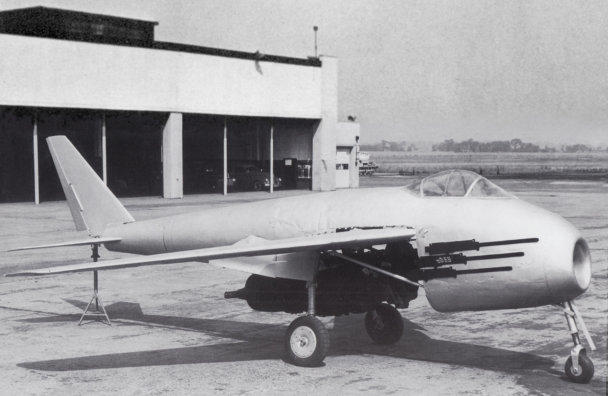
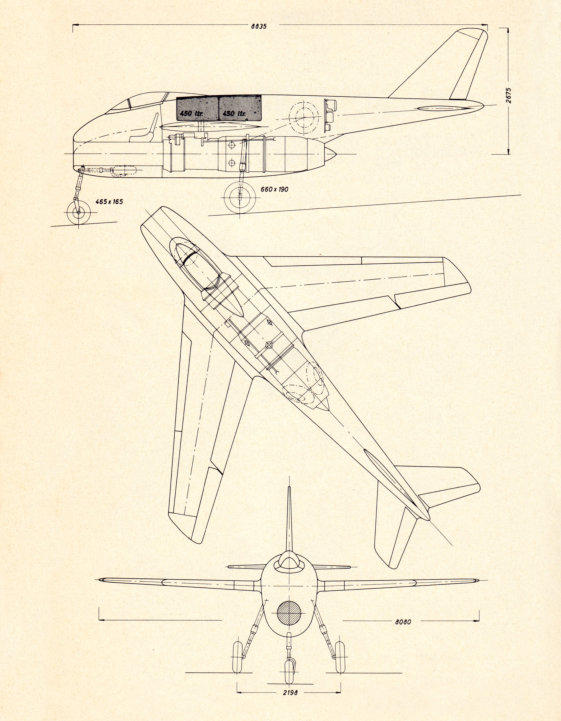


The prototype X-5 took off for the first time on June 20, 1951, and the second
aircraft on December 10, 1951. During a flight, the second X-5 crashed on
October 14, 1953, with the test pilot losing his life. The program was terminated
in 1955 after about 200 flights.
Fitted with a mock-up of the German jet engine He S 011, the P 1101
was photographed by the U.S. Air Force.
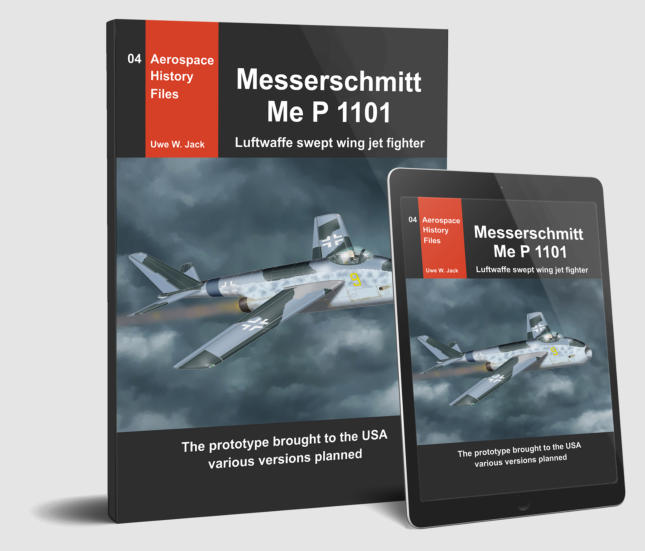
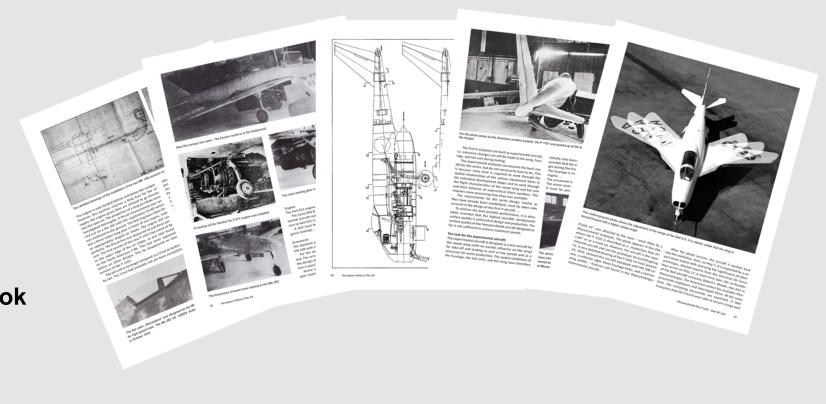
Print or Kindle-eBook:

Sample pages








